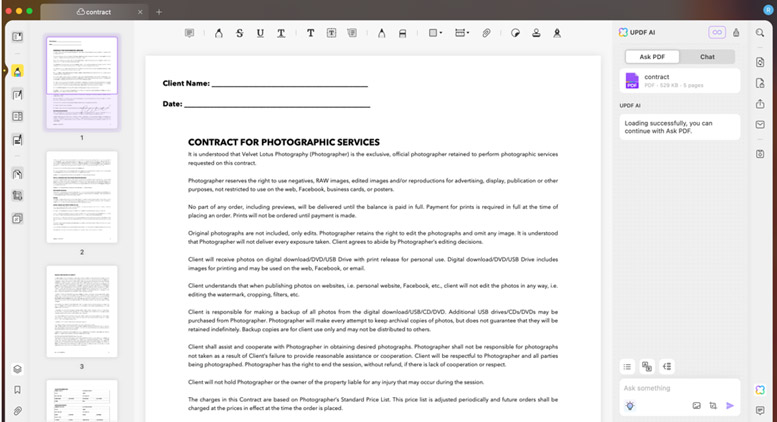Apple on the cusp
Senior VPs AvieTevanian, Jon Rubinstein discuss the convergence of business and consumer markets in Keynote and iLife
Apple made a big splash at the recent Macworld Conference & Expo with the introduction of its new PowerBook G4 notebooks. Avie Tevanian, Apple’s senior vice president of software engineering, and Jon Rubinstein, senior vice president of hardware engineering, met with InfoWorld Test Center Director Steve Gillmor, Executive News Editor Mark Jones, and Editor at Large Ephraim Schwartz to discuss the company’s use of unapproved wireless technology in PowerBook, as well as the convergence of the enterprise and consumer spaces in its new Keynote and iLife products.
InfoWorld: Isn’t Apple taking a big risk using the unapproved 802.11g technology for Wi-Fi access in its new notebooks?
Tevanian: We think g is outstanding, so we adopted g before it was standard. These [wireless technologies] will converge very quickly and it will become clear that g is the right solution and the world will adopt g.
InfoWorld: What are the downsides of 802.11g?
Rubinstein: The downside of g is that the standard could change. [But] I don’t see that as likely.
InfoWorld: Is it backward compatible?
Rubinstein: Yes, completely backward compatible. History has always shown that things that are compatible with the past win. G is compatible, [802.11]a is not. So they can keep plowing ahead with a, but they’re going to keep plowing their head against the wall because they’re incompatible.
InfoWorld: Your Keynote presentation package looks like a very strategic enterprise play. Doesn’t this put your laptop strategy front-and-center as a corporate information management tool?
Tevanian: It’s not [an enterprise product].
InfoWorld: Your average consumer is not spending a lot of time doing Keynote.
Tevanian: But your average educator [is]. In fact, your average seventh grader is.
InfoWorld: Clearly iLife is targeted at consumers, but isn’t it also aimed at business-information transfer?
Tevanian: We didn’t [introduce Keynote and iLife] because we wanted to push into the enterprise and push out both lines. We did it initially because Steve [Jobs] wanted a good presentation package that he could use to get the quality [he wanted] for the keynotes that he does. Then also we’ve got a lot of requests [from] educators. The other thing is we wanted to be able to expose all the underlying functionality we’ve got in Mac OS X now, which you can’t do in a PowerPoint presentation but you can do with Keynote.
Rubinstein: In the old days hobbies were very separate from work. If you were a stamp collector it didn’t have much to do with work, it was a totally different technology. But now there’s a synergy. iLife is using advanced technology you may not even have in the office. And so the hobbies, or lifestyle, and the office work seem to be somehow sharing this same platform.
Tevanian: Certainly there’s a big consumer component [to iLife]; this is what people do at home for their own personal use: they want [to organize] their pictures, they want to make DVDs, they want to make movies. But I think those also have useful functions in businesses, [such as] corporate videos, corporate brochures.
InfoWorld: Doesn’t the trend toward remote offices and mobile computing favor the merging of those two spaces?
Tevanian: Yeah. There’s irony to this whole discussion, which is in some sense we should be sitting on this side of the table saying, “Every company’s got to want that.” And you should be saying, “Here are 12 other reasons why they don’t care.” I think you’re right in that businesses will get beyond the Windows myopic view and look at things like this. Even if they ignore the templates that we have — which I think are just great — they’ve got to say “Man, we could have our graphic arts department create our own corporate look [and] use a corporate database to on-the-fly create a presentation.”
InfoWorld: Have you had conversations with Microsoft about exploiting OS X in terms of their presentation application?
Tevanian: Sort of. I would say one of the reasons that Steve wanted [Keynote] created was because PowerPoint didn’t have some of the features we wanted and it didn’t seem as though [Microsoft was] going to add them anytime soon. So [Jobs] decided it would be best to build something.
InfoWorld: What’s the target audience for your new 17-inch PowerBook G4 notebooks?
Tevanian: It’s not clear to me the 17[-inch] is for everybody, but clearly there’s the hardcore creative market, [which] is a very valid market.
InfoWorld: Apple’s had problems in the past with demand outstripping production. The 17-inch screen requires a big piece of glass — do you have more than one source?
Tevanian: We’re shipping tons of 17-inch iMacs right now.
InfoWorld: This focus on the notebook space seems telling, when one of the biggest knocks against Apple has been its apparent failure to increase PC share.
Tevanian: Well, we want to increase our [PC] market share.
InfoWorld: Right, but Steve said your goal was to increase the laptop share.
Tevanian: Yeah, so the laptop share is 35 percent. Guess what? 65 percent is desktop, so that’s still important, too.
InfoWorld: Do you agree that we’re in a maturing market where the enterprise and the consumer space are starting to intersect?
Tevanian: I think you’re right in the sense that many of the things that we do, even if we don’t do them explicitly for the enterprise, are very applicable to enterprise. That’s very true.




